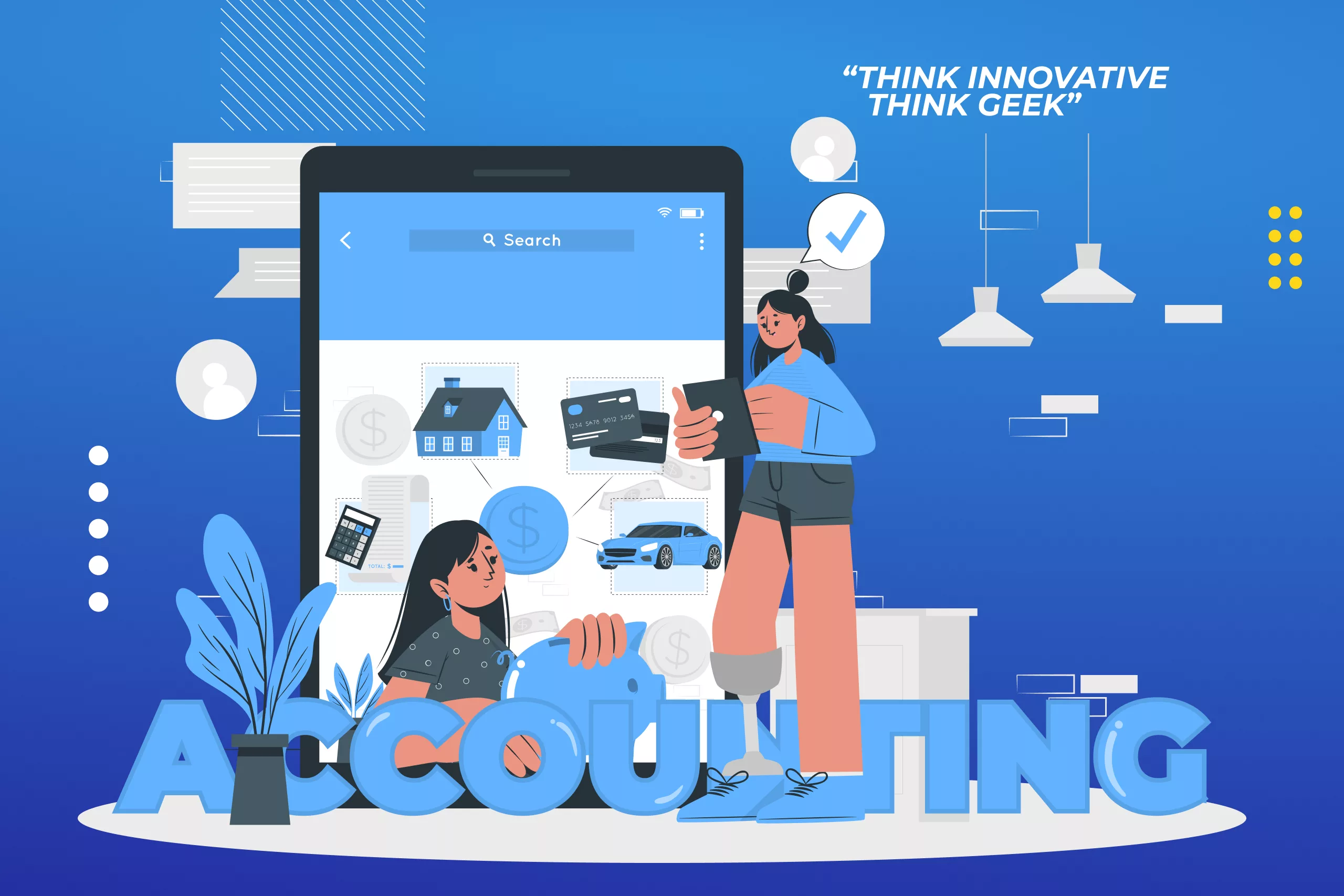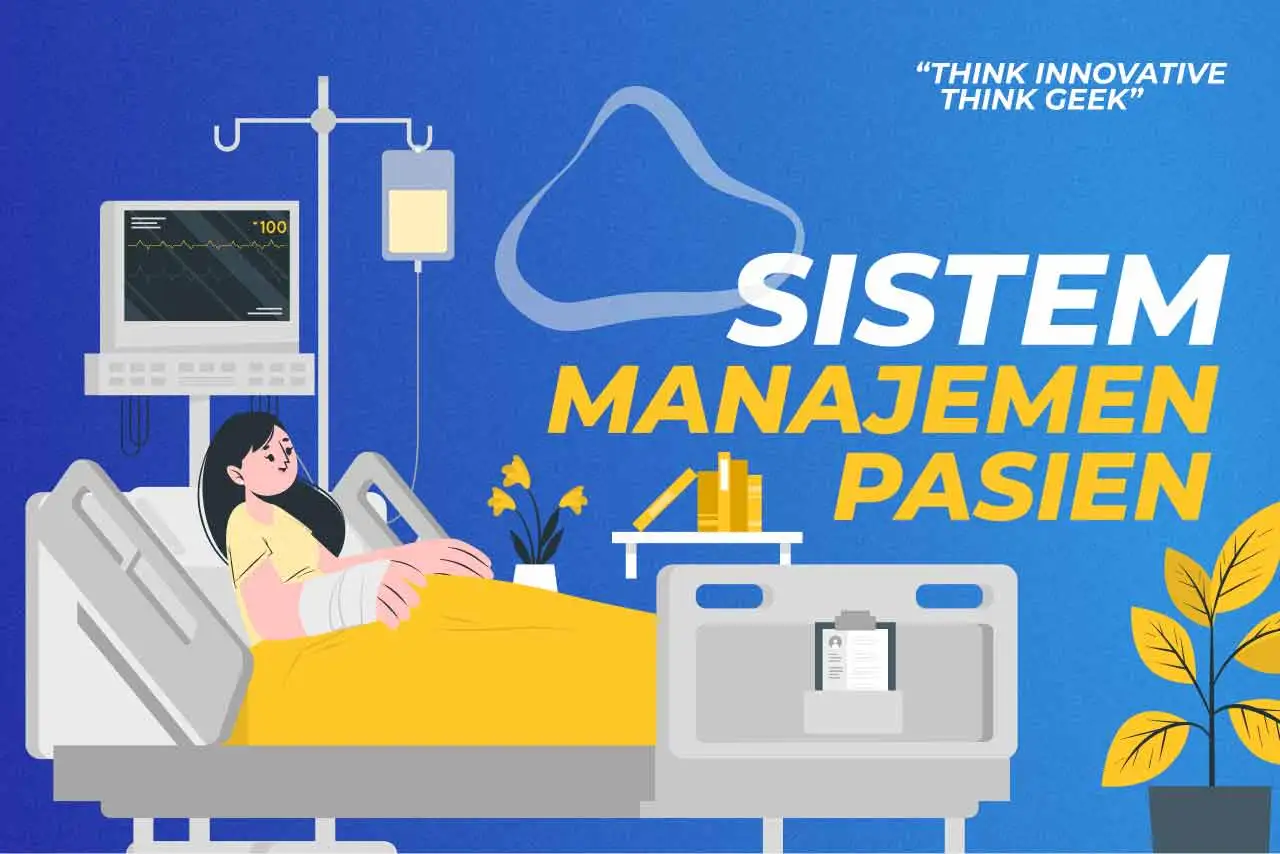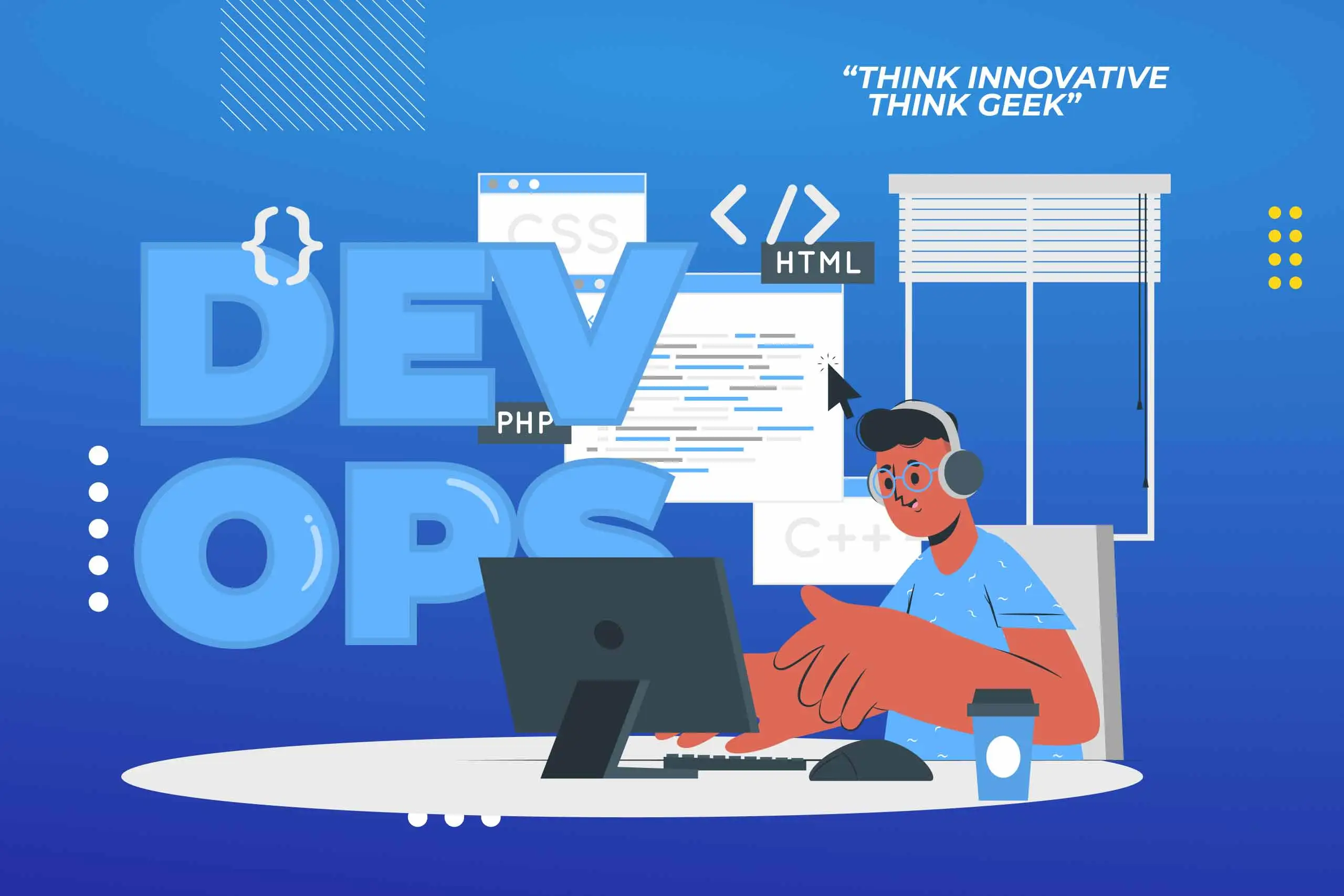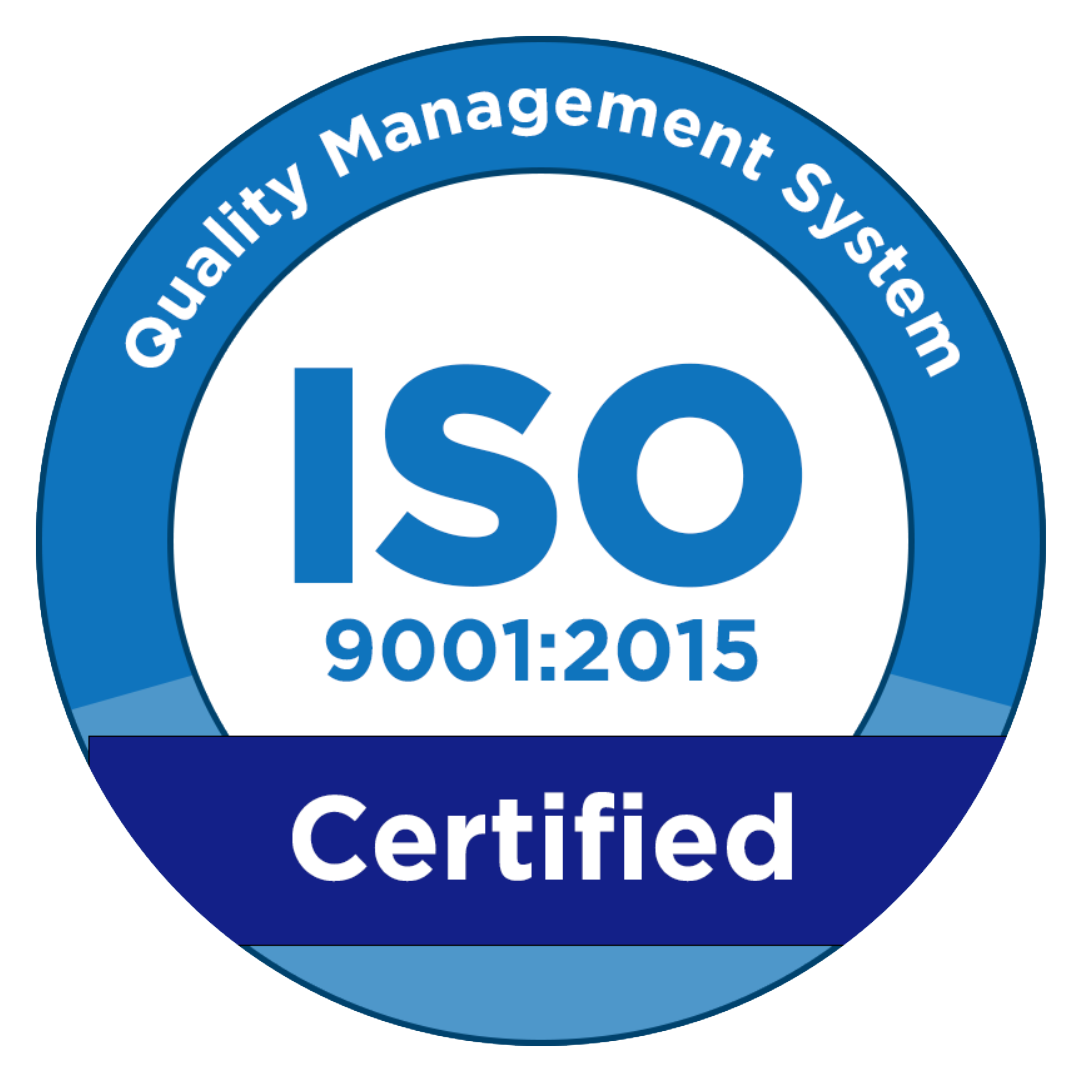As time progresses, technology continues to evolve and become more sophisticated. The same goes for Artificial Intelligence technology, which is becoming increasingly smarter. One of its advancements is AI automation. So, how do you implement AI automation for your business?
In this article, you will learn how to implement AI automation, along with the technologies and best practices for your business.
What is AI Automation?
Before diving into the implementation of AI automation, let’s briefly understand what AI automation is. AI automation is a technology that enriches and drives Robotic Process Automation (RPA) solutions.
AI automation offers various benefits such as time and cost efficiency, scalability, accuracy and consistency, reduced human error, and better decision-making.
How to Implement AI Automation?
Implementing AI technology into your business requires a fairly lengthy process and several stages. So, how does the implementation process go from start to finish?
1. Planning and Needs Assessment
Before starting, define your business goals and the key challenges you want to solve using AI automation. Identify candidate processes that are high-volume and structured using process mining tools like Splunk or Celonis to uncover bottlenecks and efficiency opportunities.
Using log data, you can map out the “as-is” workflow and calculate cycle time, error rate, and potential cost savings as a baseline for ROI measurement. Next, establish specific KPIs, such as reduced process time or lower error rates, to ensure implementation can be measured quantitatively.
2. Technology and Architecture Selection
At this stage, choose an RPA engine based on integration ease, licensing, and scalability. The AI layer includes custom machine learning models for document data extraction.
The architecture design should define how bots operate, how the AI layer handles inference, and how monitoring ensures visibility across all components. Make sure the architecture also supports parallel processing for high performance and fault-tolerance for failure isolation.
3. AI Development and Integration
The development team begins by collecting quality datasets to train ML models—for example, historical invoice data for IDP or sensor logs for predictive maintenance.
Use cross-validation and hyperparameter tuning to achieve model prediction accuracy. Then, integrate OCR/NLP APIs into the RPA scripts so the bots can extract and process text automatically without human intervention. Conclude the development phase by building a CI/CD pipeline.
4. Testing and Validation
The next step is testing and validation. QA will begin with unit tests on each RPA script and AI function to verify the expected outputs. Implement a test suite with end-to-end test cases so that the bot can handle issues under various conditions.
Next, perform a User Acceptance Test (UAT) with end users using real data and cases. Measured metrics include accuracy and response time to ensure the system meets business needs.
5. Deployment and Monitoring
Next is the deployment and monitoring phase. Deploy the system gradually using blue-green or canary release strategies. This method helps identify potential risks and issues before releasing to the end users.
Popular AI Automation Use Cases
Today, AI automation is increasingly applied to daily business operations. So, what are some of the most popular and commonly used AI automation use cases for businesses? Here are a few examples:
1. Providing IT Services
Customer service teams are often overwhelmed by repetitive questions that take up time. With AI automation, the CS team can deliver personalized IT services through chatbots or conversational AI.
Chatbots can understand the intent and context of customer inquiries in multiple languages. This solution enables faster, instant responses at any time.
2. Predictive Maintenance
AI or machine learning analyzes sensor data from machines to predict potential failures before they occur. Additionally, RPA automatically sends notifications to technicians and schedules maintenance in the system.
3. Invoice Processing
Many companies still handle invoices manually, from data extraction, verification, to recording in the ERP system. This process is prone to input errors and slows down payments.
With AI automation, AI can read and understand invoice information in various formats (PDF, scan, email). Moreover, RPA can copy the extracted data into the accounting system automatically.
4. Automated Employee Onboarding
Onboarding new employees can take a lot of time, such as data entry, system access provisioning, and document distribution. With AI automation, HR teams and companies are assisted in extracting data from CVs and onboarding forms.
In addition, RPA can help with form filling and employee administration, such as granting system access and scheduling training.
5. Automatic Fraud Detection
As technology and the times evolve, cybercrimes are also on the rise. The financial industry is highly vulnerable to fraud risks. Manual fraud detection for transactions is not fast enough to prevent significant losses. Therefore, machine learning models can monitor transaction patterns and detect anomalies automatically.
Automate Your Business Processes with AI Technology from GeekGarden!

That’s an explanation of how to implement AI automation along with its popular use cases using AI. AI automation can simplify and shorten your daily manual tasks. It can also reduce risks caused by human error. So, what are you waiting for? Get AI technology now to enhance your business’s operational efficiency!
Author: Sari Dewi (Content Writer)















